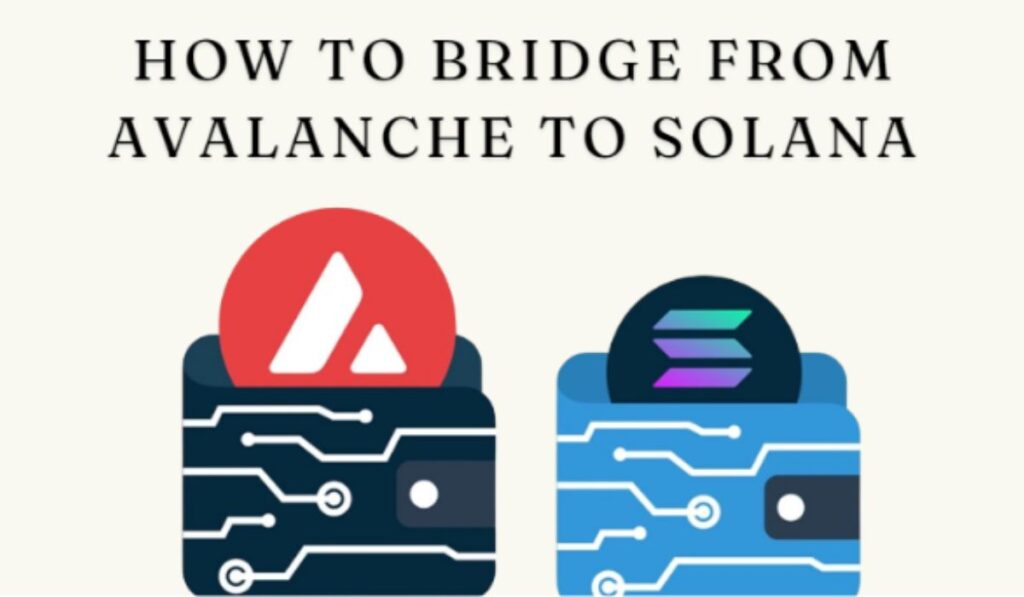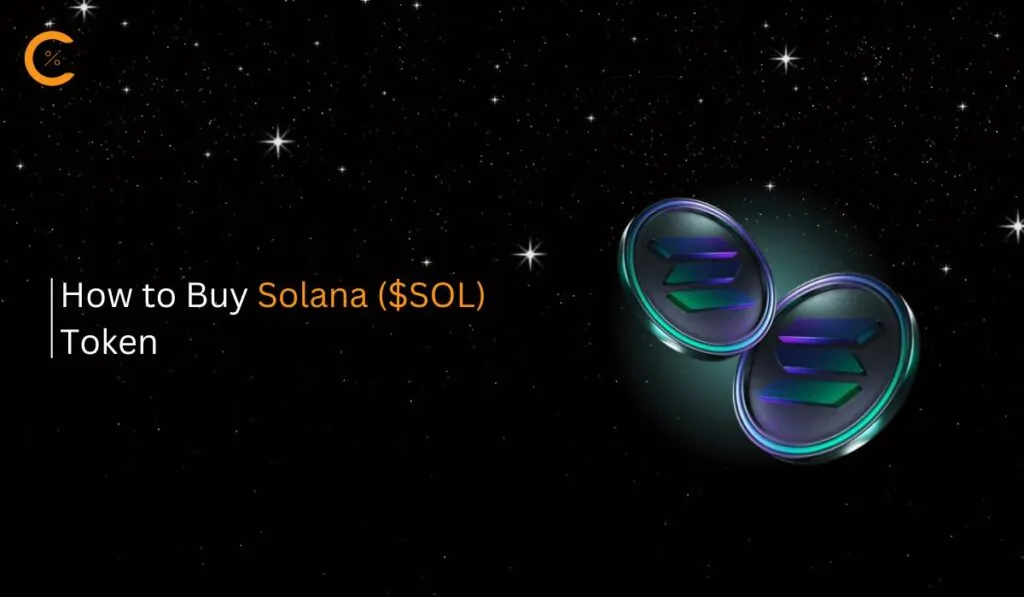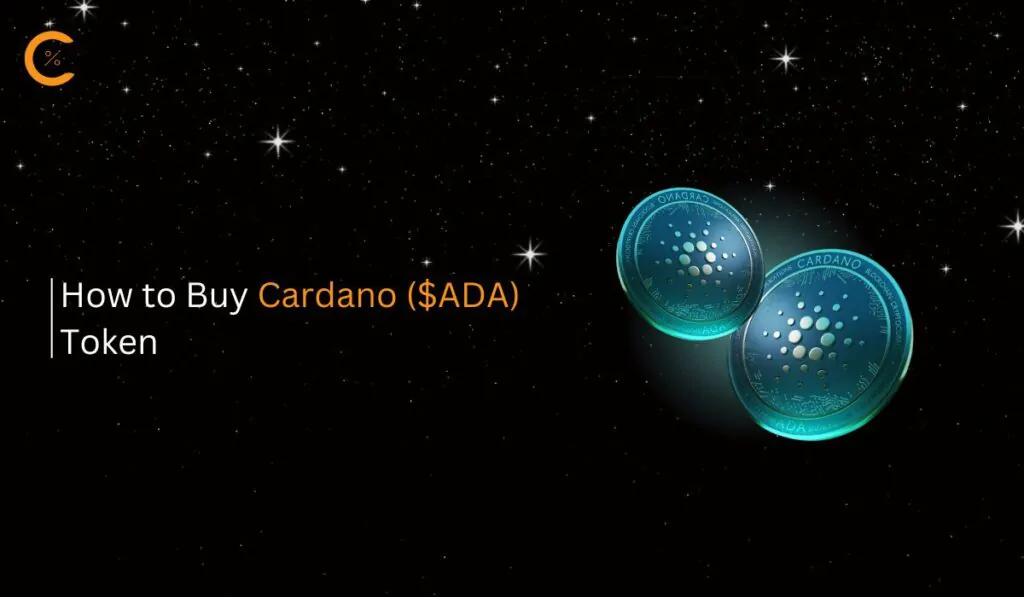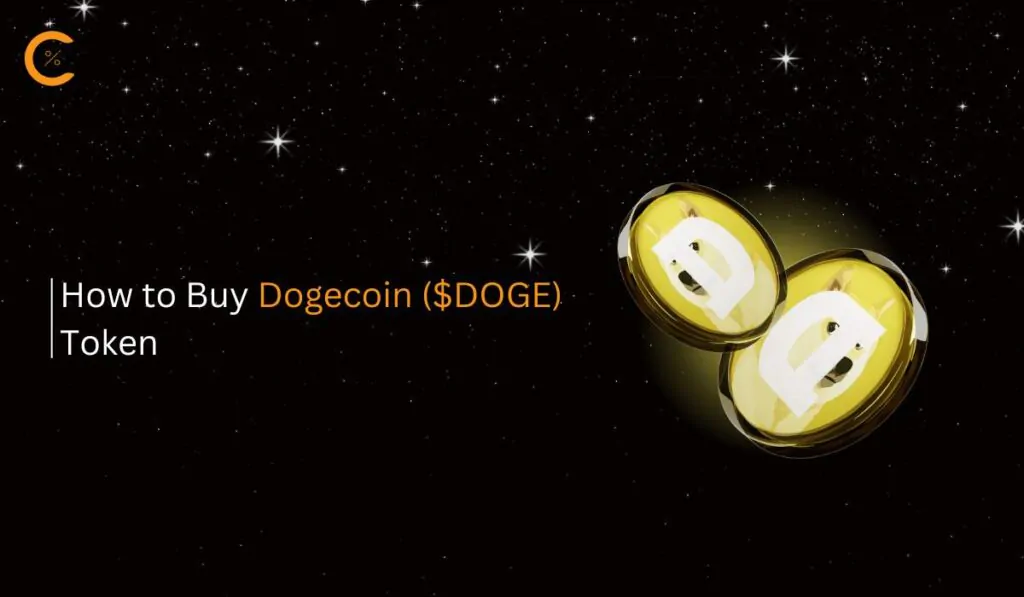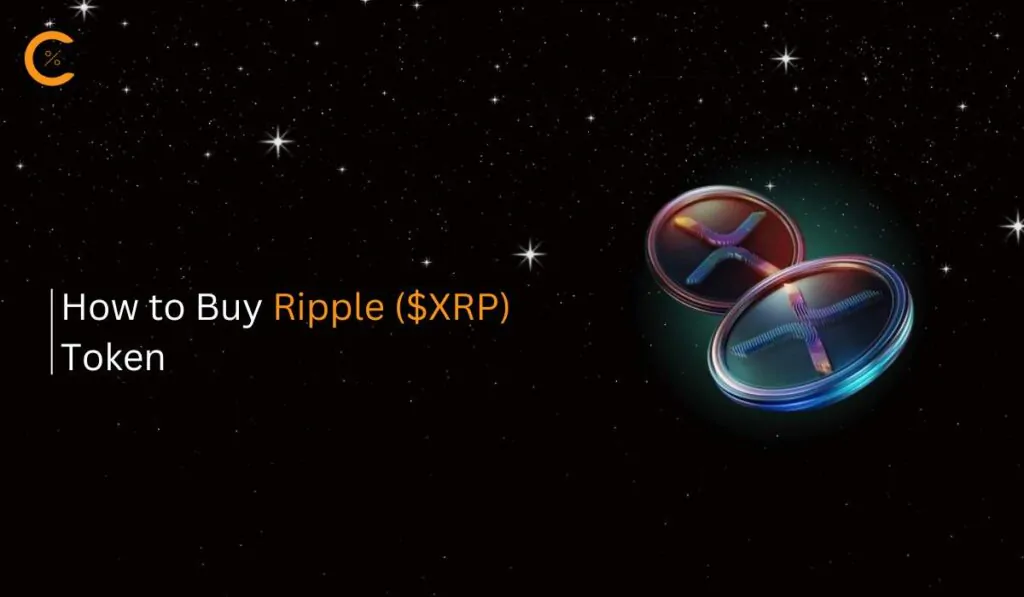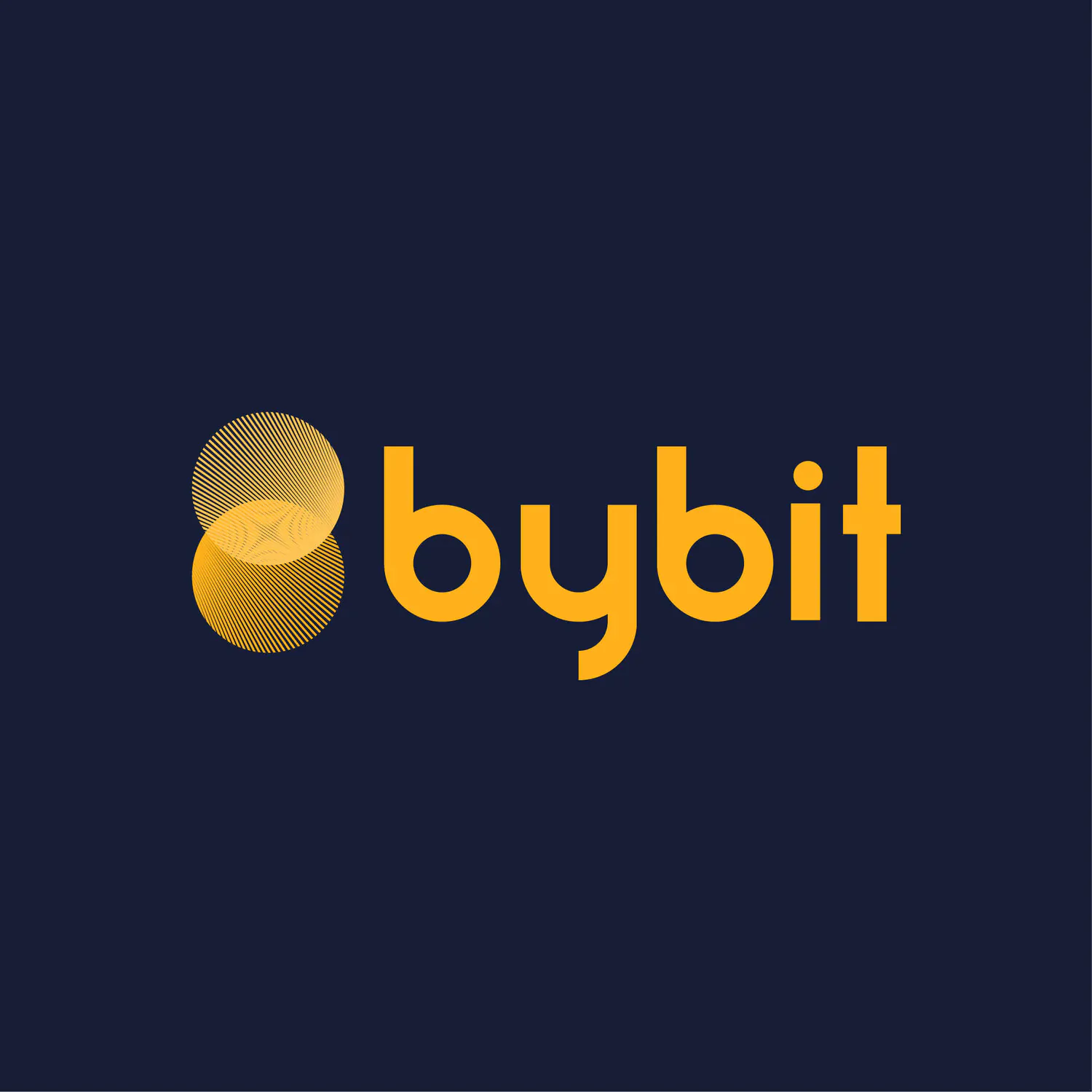Avalanche and Solana, often referred to as Ethereum killers, offer some of the best services in the blockchain space. This is why it’s common for crypto holders and users to seek ways to bridge from Avalanche to Solana or vice versa. However, since Solana is a non-EVM blockchain, the options are somewhat limited. In this guide, we’ll explore the available options to bridge from Avalanche to Solana, making the process easier and more accessible.
Can I Bridge from Avalanche to Solana?
Moving assets from Avalanche to Solana is possible with the help of cross-chain bridges. These cross-chain bridges have opened up new possibilities for blockchain interoperability, allowing users to transition from one chain to another with minimal effort. However, since we’re moving from an EVM-compatible blockchain to a non-EVM blockchain, the options are a bit more limited. The cross-chain bridge we’ll focus on is the Portal Bridge, and we’ll also explore a more flexible option: using bridge aggregators.
Important: It’s important to note that phishing scams and fraud are common when using untrusted bridges or fake websites. Connecting your wallet to these can lead to bad actors wiping out your funds.
A common issue users might encounter when bridging from Avalanche to Solana is wallet compatibility. Let’s use MetaMask as an example to understand this better. MetaMask only supports EVM-compatible blockchains, so it can be used within the Avalanche ecosystem. However, since Solana is a non-EVM blockchain, using MetaMask for the Solana ecosystem won’t be possible, even if you have the MetaMask Snap for Solana integrated. For this, you’ll need to use wallets like Phantom or OKX, which are compatible with the Solana network.
How to Bridge from Avalanche to Solana
To transfer assets from Avalanche to Solana, we will utilize a cross-chain bridge named Portal Bridge and also examine Rango Exchange, a bridge aggregator.
Using Cross Chain Bridge
For cross-chain asset transfers, we’ll be focusing on the Wormhole Portal bridge, which facilitates the movement of tokens from Avalanche to Solana. This bridge utilizes a network of validator nodes, called Guardians, to enable these cross-chain interactions.
The process works as follows: When you want to move your assets from Avalanche to Solana, the original tokens are locked in a smart contract on the Avalanche. The Portal bridge then mints a corresponding “wrapped” version of those tokens on the Solana chain. You can then exchange these wrapped tokens for the native tokens on the Solana network.
The Wormhole Portal bridge requires at least two-thirds of the Guardian nodes to validate each transaction, ensuring the security and decentralization of the process. Additionally, a small bridge fee, typically around $0.0001 per transaction, is charged when using the Portal bridge.
Step 1: Open your browser and visit the Portal Bridge to bridge from Avalanche to Solana.
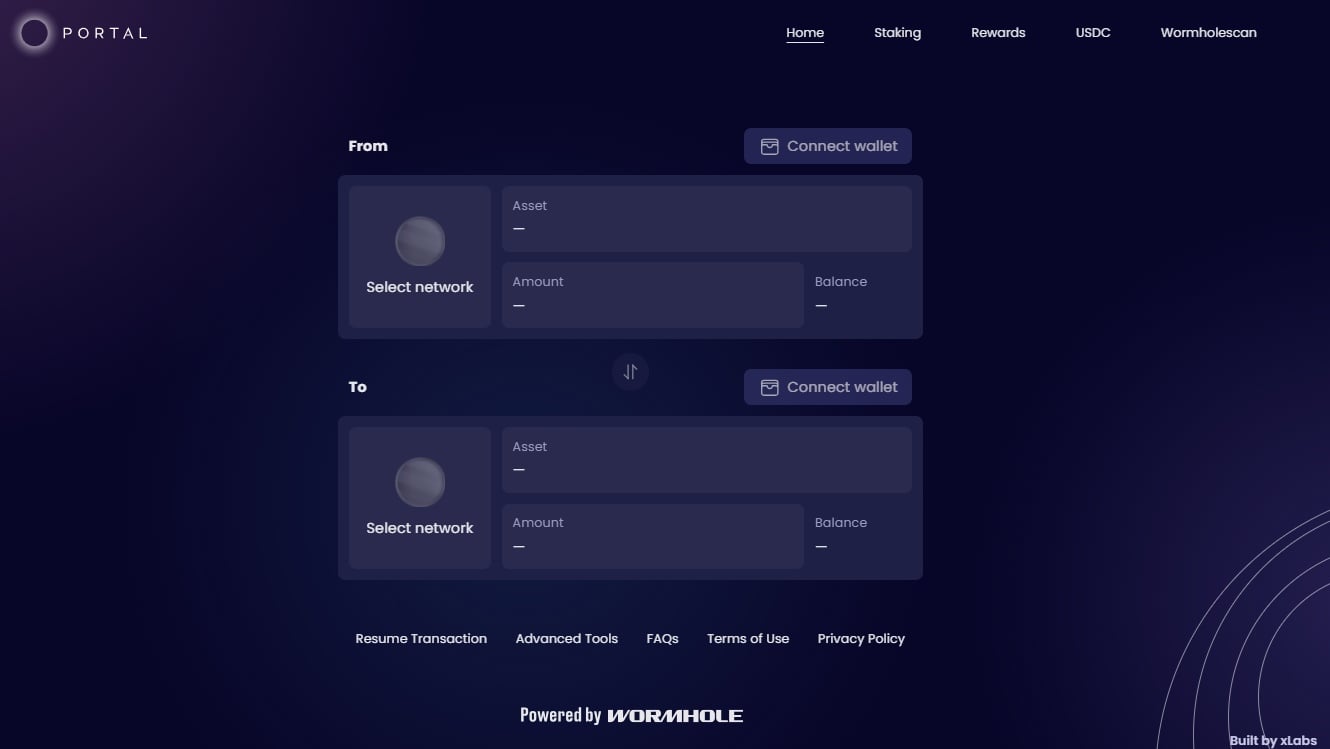
Step 2: The first step to bridge assets across blockchains is to select the blockchain from which you want to bridge. So, let’s select “Avalanche” as our blockchain to bridge from.
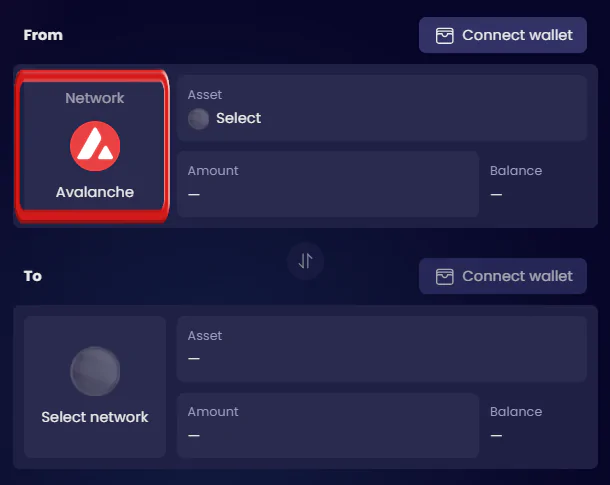
Step 3: To connect your wallet to the Portal Bridge, we will be clicking on “Connect Wallet”.
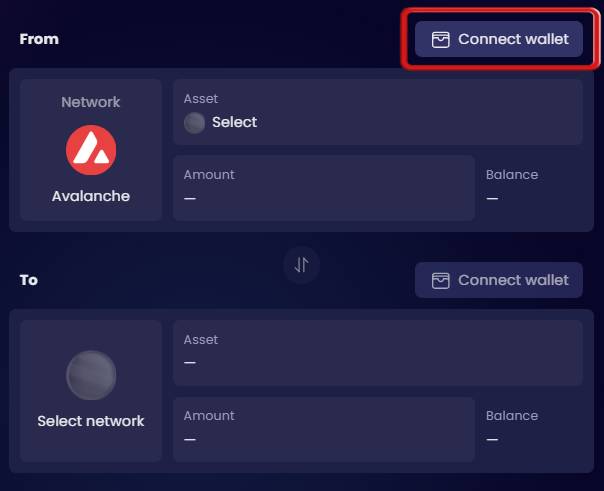
Note: Remember, this is the wallet where you have funds in your Avalanche network.
Step 4: Now, choose the token you want to bridge from the Avalanche network and specify the amount you want to transfer.
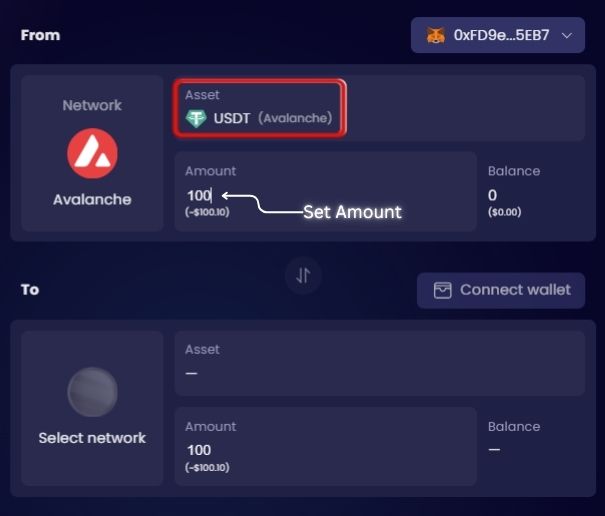
Step 5: Now, we will select “Solana” as the blockchain to bridge our assets to.
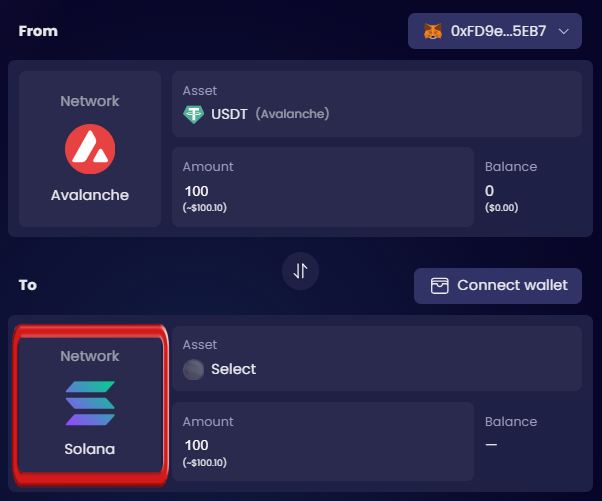
Step 6: Click on “Connect Wallet” to select a wallet that is compatible with Solana.
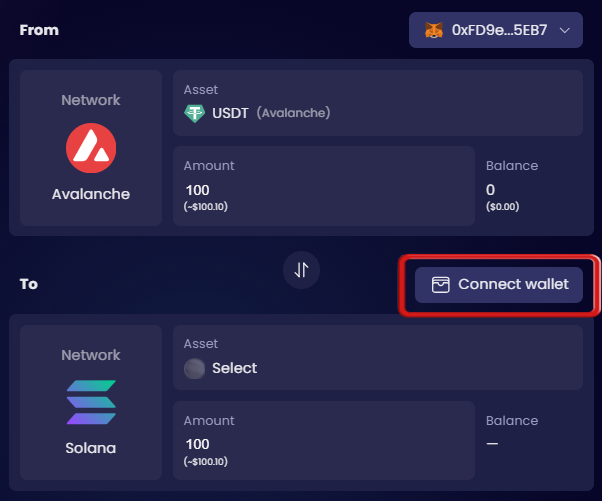
Note: Since Solana is a non-EVM blockchain, it requires different types of wallets.
Step 7: Once you have selected your Solana network wallet, proceed to select the token you want to receive on the Solana network.
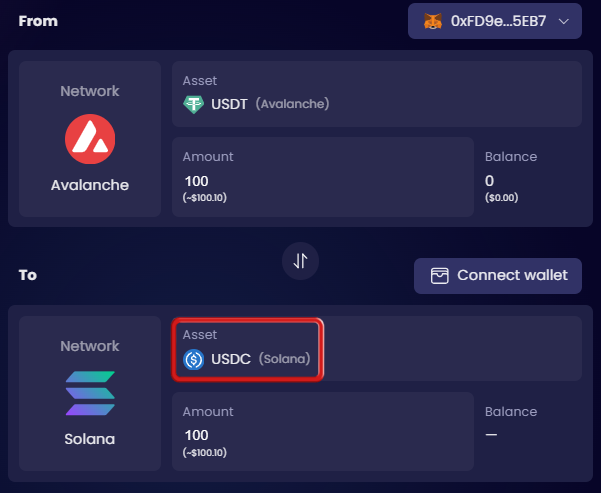
Step 8: The Portal Bridge will provide information on the fees involved and the amount you will receive once you complete the bridge from Avalanche to Solana.
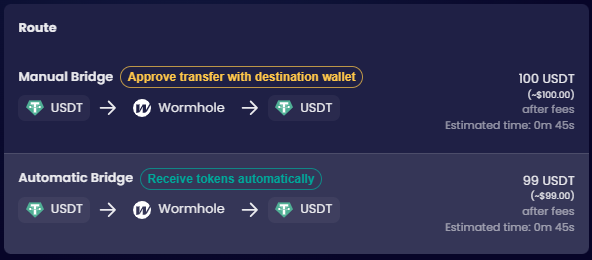
Step 9: Once you’ve reviewed the details, go ahead and complete the bridge from Avalanche to Solana.
With these steps, you have leveraged the Wormhole Portal bridge to move your assets from Avalanche to Solana. The Guardian nodes on the Portal bridge have verified the transaction, and you can now access your wrapped tokens on the Solana network. From here, you can swap these wrapped tokens for the native Solana tokens, allowing you to participate in the Solana ecosystem. The Wormhole Portal Bridge has effectively bridged the gap between these blockchain networks, all while offering lower fees.
Using Bridge Aggregator
If you’re exploring crypto bridges, Rango Exchange is an excellent choice for transferring assets from Avalanche to Solana. As a bridge aggregator, it connects to numerous tokens and options across 60+ chains, ensuring efficient and cost-effective transfers. With a network of over 100 DEXs and bridges, Rango offers security and reliability. Its smart routing minimizes fees and optimizes liquidity, while its user-friendly interface simplifies cross-chain transactions without extensive KYC.
Step 1: Go to the official website of Rango Exchange on your preferred browser.
Step 2: Click the “Launch App” button to access the Rango bridge aggregator platform.
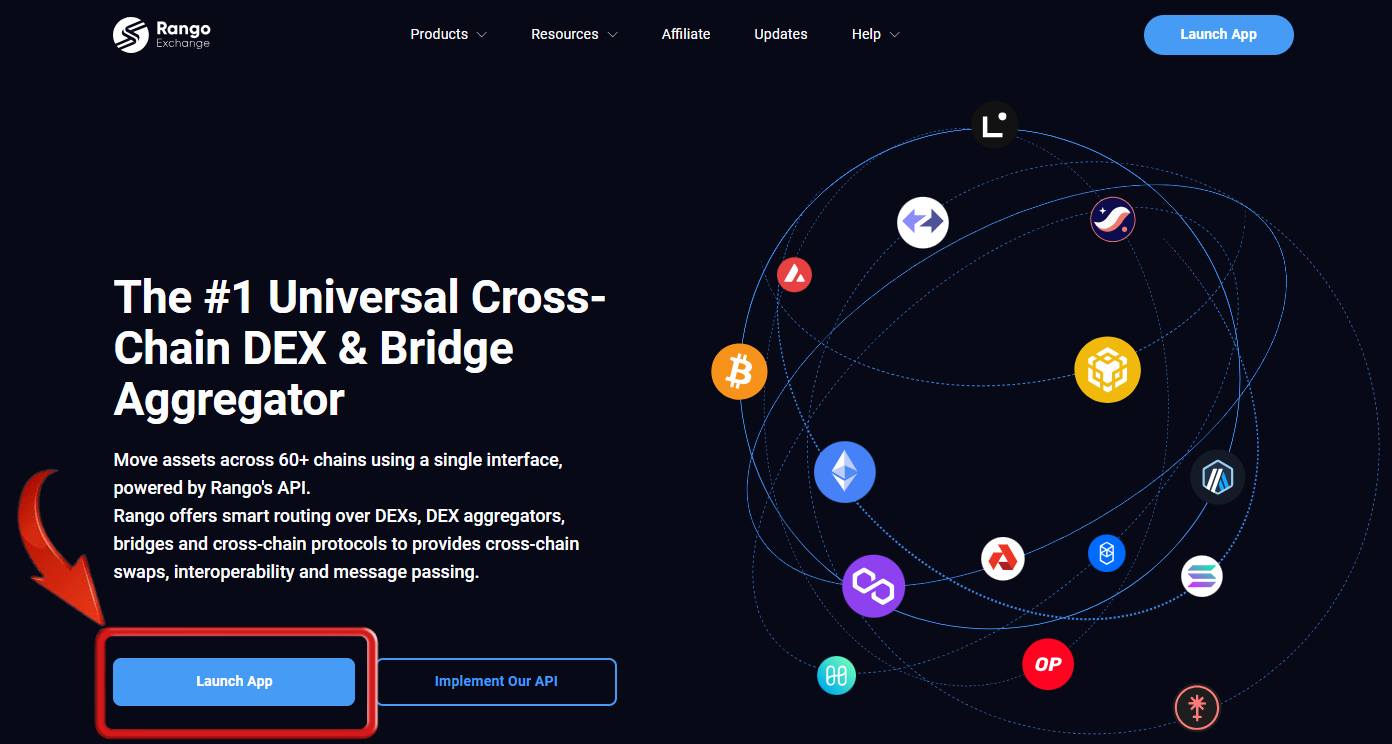
Step 3: Using the Rango Bridge, we will choose Avalanche as the source blockchain and Solana as the destination blockchain, specifying the assets in each blockchain.
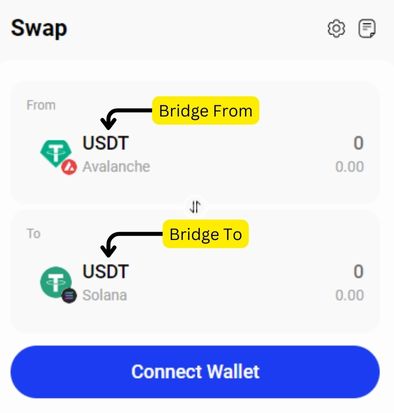
Step 4: After selecting the blockchain, click on the “Settings” icon to check and adjust transaction settings, including slippage and the number of routes to be shown.
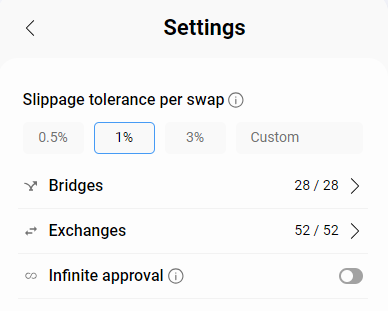
Step 5: After you’ve reviewed and set your preferences, click the “Connect Wallet” button to move forward.
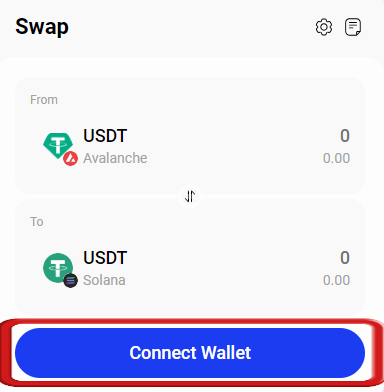
Step 6: Now we will connect the Rango Bridge to wallets compatible with Avalanche and Solana networks..
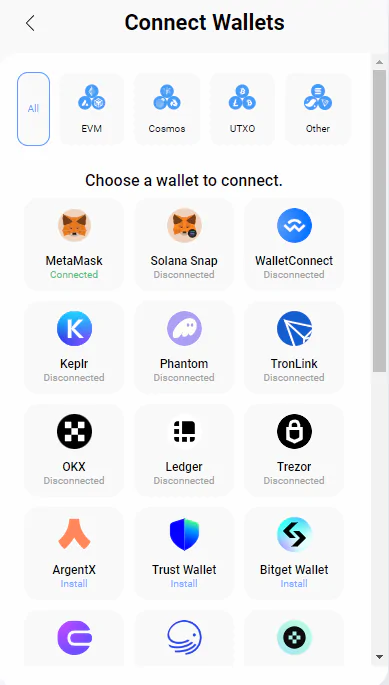
Step 7: Once you’ve chosen the wallets, enter the amount you wish to transfer to the Solana network.
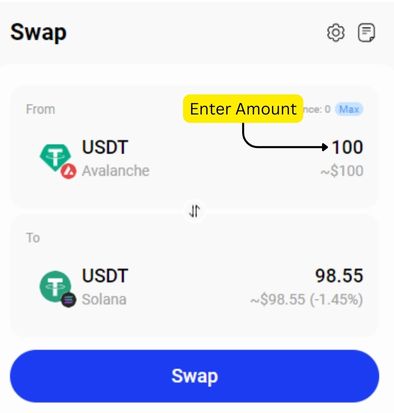
Step 8: Rango Exchange will show all available routes for the bridge, highlighting the best and fastest options among them.
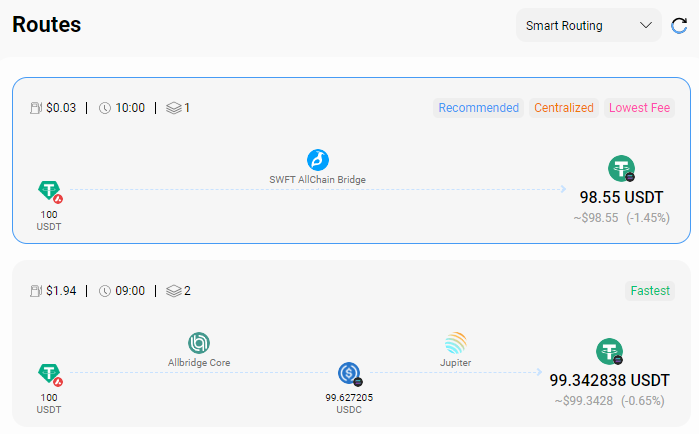
Step 9: Select the route that best suits your needs for transferring assets from Avalanche to Solana, then click “Swap”.

While bridge aggregators like Rango Exchange provide diverse options for transferring assets from Avalanche to Solana, managing multiple wallets can be cumbersome. For those looking to avoid cross-chain bridging, decentralized exchanges (DEXs) offer a simpler alternative. Platforms like Binance and MEXC let users buy and sell digital assets directly, bypassing the complexities and risks of bridging. This approach simplifies asset management by eliminating the need for multiple wallets and reducing potential transaction failures, making it an appealing choice for newcomers to decentralized finance.
Bottomline
When transferring assets to a non-EVM blockchain like Solana, bridging becomes inevitable. In such scenarios, you typically have one or two secure bridging options. However, to ensure you choose the right bridge, it’s crucial to thoroughly read through the platform’s policies and avoid rushing into the transaction. Taking the time to understand the bridge’s security measures, fees, and terms can help protect your assets and ensure a smooth transfer.
FAQs
1. What factors should I evaluate when choosing a cross-chain bridge?
When selecting a cross-chain bridge to transfer assets from Avalanche to Solana, consider these key aspects:
- Security: Choose bridges with strong security features, like multi-signature protocols and monitoring by well-regarded validators.
- Reputation: Investigate the bridge provider’s history and user reviews to confirm it is trustworthy and reliable.
- Liquidity: Prefer bridges with substantial liquidity pools to ensure efficient and prompt transactions.
2. Can I bridge tokens from Avalanche to Solana?
Yes, most cross-chain bridges and aggregators support transfers in both directions. You can use a similar process to bridge tokens from Avalanche to Solana.
3. Are there any potential risks associated with using cross-chain bridges or bridge aggregators to bridge from Avalanche to Solana?
- Smart Contract Vulnerabilities: Bridges depend on smart contracts that can be vulnerable to attacks and bugs.
- Price Slippage: The value of the token being transferred might change during the transaction, affecting the amount received on the destination chain.
- Third-Party Risks: Bridge aggregators add an extra layer of intermediaries, potentially increasing the risk of fraud or fund loss.

